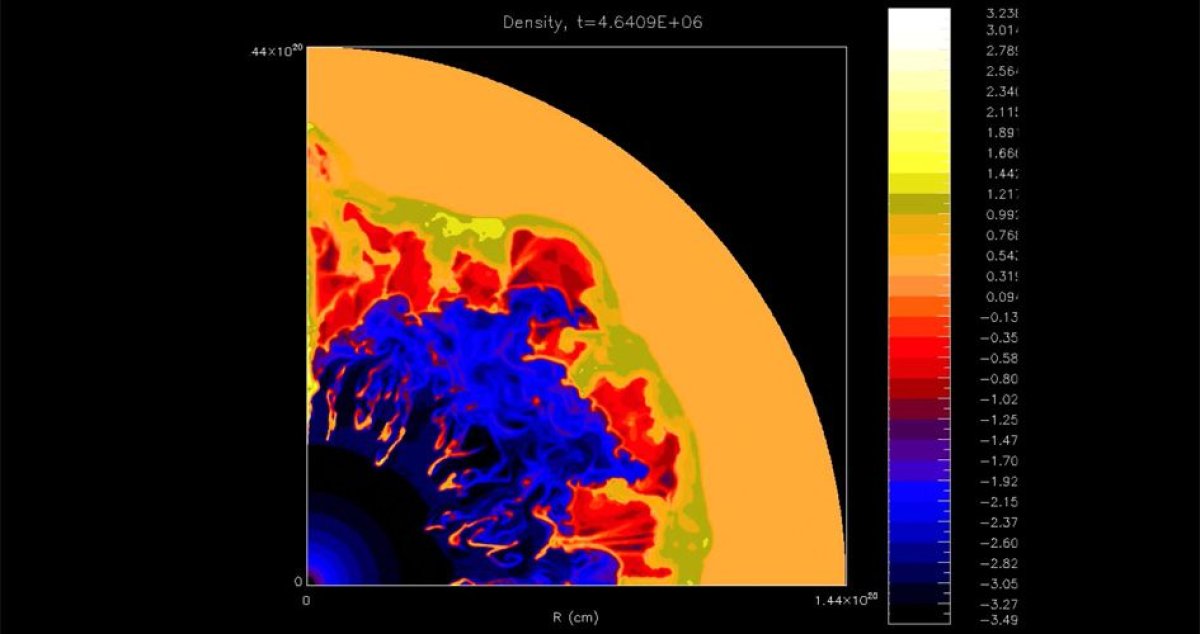
No-one really knows how our solar system was born. Scientists generally suspect it was formed near the chaos of a supernova—the explosive death of a giant star. However, research published in The Astrophysical Journal shows solar systems might actually emerge from the ashes of long-dead stars, blown into bubbles by intense stellar winds.
Giant, boiling stars
Giant Wolf-Rayet stars are the hottest known to man. At 40-50 times the size of the sun, they release tons of matter propelled outwards by stellar wind. This matter forms a bubble around the star.
"The shell of such a bubble is a good place to produce stars," said research co-author Nicolas Dauphas of the University of Chicago in a statement. As dust and gas get stuck inside the dense bubble shell, he explains, this matter can condense into stars. The bubbles act as a stellar nursery.
Mysterious isotope mismatch
The scientists were trying to figure out a mismatch between the isotopes predicted by supernova theories and the materials found in early solar system meteorites. Supernovae should release large amounts of both aluminium-26 and iron-60 isotopes. However, early meteorites have much more aluminium-26.
"It begs the question of why one was injected into the solar system and the other was not," says co-author Vikram Dwarkadas, also from the University of Chicago.

They proposed a Wolf-Rayet bubble model because these stars release large amounts of aluminium-26, but not iron-60. The death of such a star may have produced a large amount of this material.
The giant, hot star may have collapsed into a black hole—a process which wouldn't release much iron-60.
Even if the Wolf-Rayet star did explode into a supernova, its dense bubble walls could have stopped the iron isotope from spreading further, or from settling evenly.
"The idea is that aluminum-26 flung from the Wolf-Rayet star is carried outwards on grains of dust formed around the star. These grains have enough momentum to punch through one side of the shell, where they are mostly destroyed—trapping the aluminum inside the shell," Dwarkadas said.
As well as our own solar system, the authors think between one and 16 percent of stars like the sun might begin their life in the bubble around a Wolf-Rayet star.
Uncommon Knowledge
Newsweek is committed to challenging conventional wisdom and finding connections in the search for common ground.
Newsweek is committed to challenging conventional wisdom and finding connections in the search for common ground.
About the writer
Katherine Hignett is a reporter based in London. She currently covers current affairs, health and science. Prior to joining Newsweek ... Read more
To read how Newsweek uses AI as a newsroom tool, Click here.








